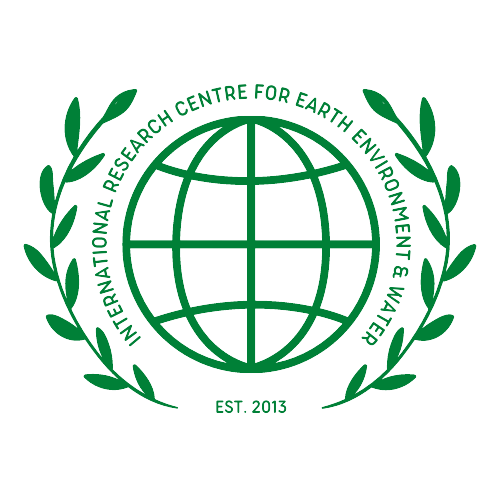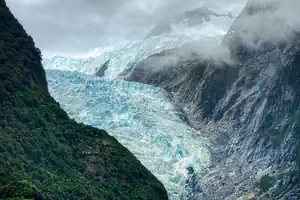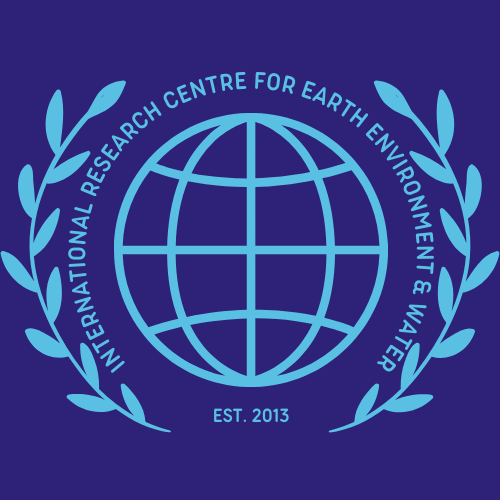GLOF challenges that Pakistan face today
Introduction
Glacial lake outburst floods (GLOFs) are sudden flows of water that burst out from a glacier or an ice shelf when they break through their marginal restraining structures, such as rock/ice/moraines dams, under the influence of gravity. The rapid outbursts of high volumes of water, debris and sediment downstream can cause considerable loss of life, infrastructure damage and economic losses.
Pakistan faces several challenges in coping with intensifying glacial lake outburst floods (GLOFs) in the backdrop of climate change, which could have severe implications for the country.
The situation has been further complicated by rapid urbanisation, which has led to unsustainable land use practices, including indiscriminate dumping of solid waste in rivers and their tributaries. This has contributed to soil erosion and accelerated sedimentation downstream, increasing the risk of flood events during monsoon season and glacial lake outburst floods. In addition, Pakistan’s existing drainage infrastructure cannot handle excess rainfall efficiently due to inadequate maintenance over several decades.
Glacial lakes are freshwater bodies that form naturally due to glacier melt or when glacier ice blocks an existing natural depression.
Glacial lakes are freshwater bodies that form naturally due to glacier melt or when glacier ice blocks an existing natural depression. The largest glacial lakes occur in the Himalayas and the Tibetan Plateau, formerly filled with ice basins. They can also occur elsewhere, for example, in areas covered with ice sheets during past ice ages and hence contain large depressions from which water drains through tunnels drilled into the rock below them (known as karstic systems).
There are about 6,000 glacial lakes in the country, and the water level of the majority is increasing due to melting glaciers, posing a high risk of glacial lake outburst floods (GLOF).
The biggest and most dangerous lake is Turtuk Lake which has gradually been filling up since 2009. It was formed when Rigzin Glacier retreated 3 kilometres back into its basin during 1971-2009. It is dangerous to more than 10,000 people living around its banks in Khwar and Shigar townships. The first awareness training workshop on GLOFs was held in the Chitral district recently. Representatives from all four provinces participated under the banner of the World Bank’s GLOF project, which aims to improve the early warning system for communities living near such lakes in both Gilgit Baltistan and Azad Jammu Kashmir.
A GLOF occurs when meltwater from glaciers and ice sheets dammed by a moraine accumulates until it breaks through the dam or finds an easier path to the lower level.
GLOFs occur when meltwater from glaciers and ice sheets dammed by a moraine accumulates until it breaks through the dam or finds an easier path to the lower level. The water flows downhill at high speed, carrying huge boulders, trees, and other debris. The water can also bring toxic materials from the glacier, such as mercury and arsenic.
The rapid outbursts of high volumes of water, debris and sediment downstream can cause considerable loss of life, infrastructure damage and economic losses.
GLOFs impact on human life.
GLOFs can cause damage to human life, infrastructure and property. This is because a GLOF can flood valleys and create new lakes that can cause soil erosion, clouding water sources, siltation of reservoirs and other hazards. These events also affect the livelihoods of people downstream as they lose their land due to flooding or siltation. GLOFs are a natural phenomenon but can be mitigated by addressing the underlying causes. There are two types of GLOFs: debris flows (which consist mainly of mud) and debris avalanches (which consist mainly of rocks). Debris flows usually start in mountainous areas with steep slopes where trees have been cleared from forests or agricultural fields have been cleared for cultivation. The rapid outbursts of high volumes of water, debris and sediment downstream can cause considerable loss of life, infrastructure damage and economic losses.
The Himalayan region has over 15000 glacial lakes, of which 1400 are potentially dangerous because of the expansion of their sub-surface moraine walls in Gilgit-Baltistan, Chitral and Khyber Pakhtunkhwa provinces.
In Pakistan, there are over 15000 glacial lakes. The Himalayan region has more than 15000 glacial lakes of which 1400 are potentially dangerous due to the expansion of their sub-surface moraine walls in Gilgit-Baltistan, Chitral and Khyber Pakhtunkhwa provinces. Glaciers are formed when snow accumulates year after year on high mountains. When enough snow has accumulated, it turns into ice and becomes a glacier, slowly moving down the hill towards lower altitudes where warmer temperatures melt them away. When this process happens too fast or slow for the local conditions to accommodate, it can cause disasters like GLOFs (glacier lake outburst floods).
Glacier Lake Outburst Floods are sudden flows of water that burst out from a glacier or an ice shelf when they break through their marginal restraining structures, such as rock/ ice/moraines dams, under the influence of gravity.
Due to this, the GLOFs threaten people living downstream due to large-scale damage and destruction caused by them. In Pakistan alone, there are over 200 glaciers, including some major ones such as Biafo, Baltoro and Haramosh in the Gilgit-Baltistan region; Karakorum in Khyber Pakhtunkhwa province; Saltoro and Siachen in the Ladakh region. These glaciers hold enormous potential for disaster management planning. Although many studies have been conducted on this topic, no one has tried to map all these lakes or assess their vulnerability at any specific time scale.
Conclusion
GLOFs are no longer a theoretical threat; they are happening in Pakistan and other countries in the Himalayan region. The government needs to take immediate action to identify and develop strategies to manage these risks.


